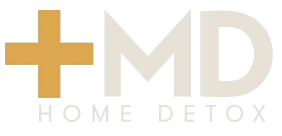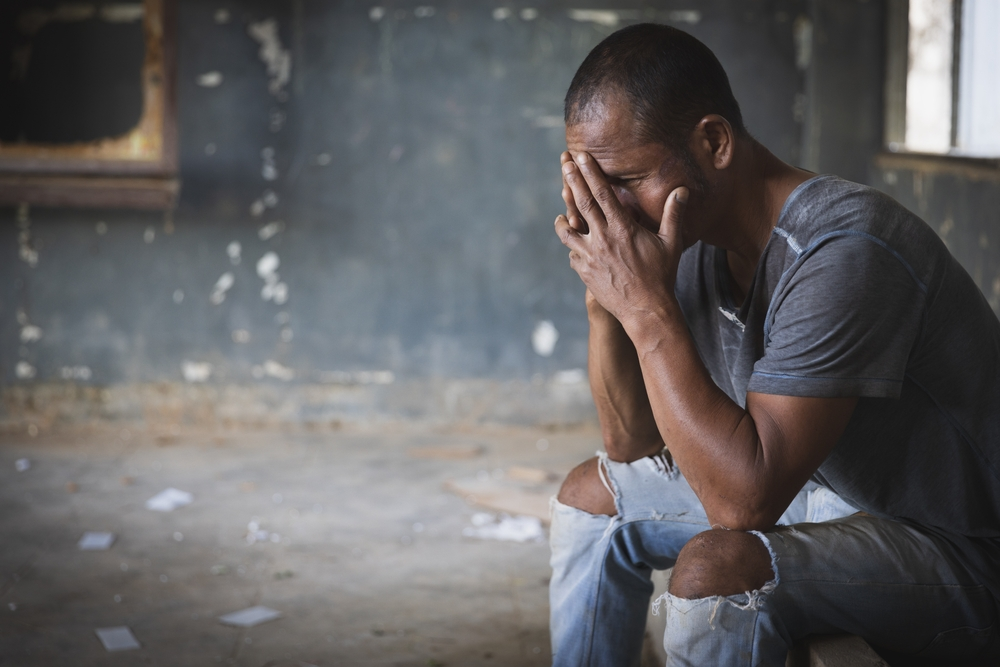Heroin addiction is a serious problem in the U.S., with thousands of lives lost yearly to overdoses involving heroin. The road to recovery begins with detox, where the body rids itself of the drug. Detox can be difficult, but the good news is there are treatments that can help make the process safer and more comfortable.
According to recent estimates, nearly 0.3% of high school seniors reported using heroin in 2021. While that may seem like a small percentage, it translates to thousands of young people and contributes to the tens of thousands of overdose deaths each year involving heroin, whether used alone or in combination with other drugs like synthetic opioids.
Detoxing from heroin typically takes 3 to 5 days for the acute withdrawal symptoms to subside. However, the entire detox and recovery process can take weeks or months.
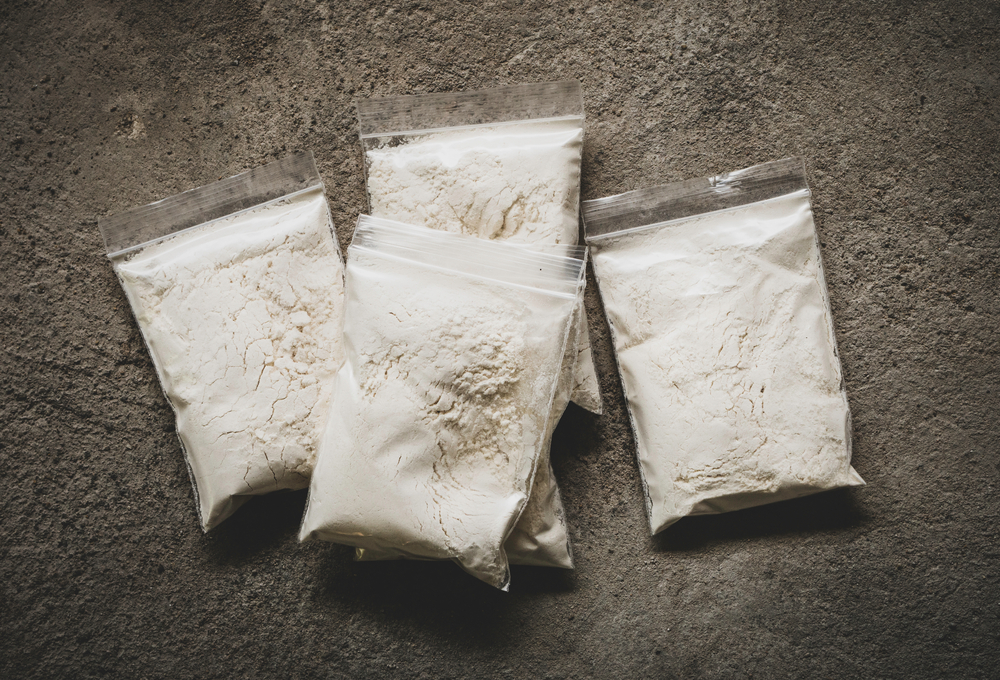
What is a Heroin Detox?
A heroin detox is the process of clearing the drug from your body. As the heroin leaves your system, you’ll experience withdrawal symptoms that range from uncomfortable to severe. Detoxing from heroin is difficult, but medically supervised detox can help make you as comfortable as possible during this trying time.
Doctors can administer medications like buprenorphine, methadone, or clonidine to help alleviate symptoms and reduce cravings. They also monitor your vital signs like blood pressure, heart rate, and temperature and provide intravenous fluids or medications if needed. The detox process typically lasts 3 to 7 days for heroin.
Detox is just the first step to overcoming addiction. Comprehensive treatment like therapy, counseling, and aftercare programs are essential for maintaining sobriety in the long run. But detoxing in a medical setting with qualified professionals is the safest way to start your recovery journey.

Heroin Withdrawal Breakdown
The worst withdrawal symptoms tend to hit within the first week after quitting heroin. This is known as acute withdrawal and can be an intense experience.
Days 1-2
The pain and discomfort starts quickly, usually within 6-12 hours after the last dose. Muscle aches, restlessness, and agitation come on strong. These symptoms will intensify over the first couple of days. Hot and cold flashes, diarrhea, and insomnia are common during this stage.
Days 3-5
By days 3 through 5, the withdrawal is in full effect. Abdominal cramping, nausea, vomiting, and loss of appetite are typical. You’ll also experience heavy sweating, chills, and tremors. Fatigue and weakness make even simple tasks difficult. The cravings for heroin will be intense during this period.
Days 6-7
After about a week, the acute symptoms will start to decrease in severity. The muscle aches, nausea, and cramping should subside. However, you may continue to feel very tired and experience mood swings, irritability, and trouble sleeping. While the worst is over, post-acute withdrawal syndrome can last for months, with psychological withdrawal symptoms like anxiety, depression, and cravings.
Read more: Opiate Withdrawal Timeline: How To Physically & Mentally Prepare
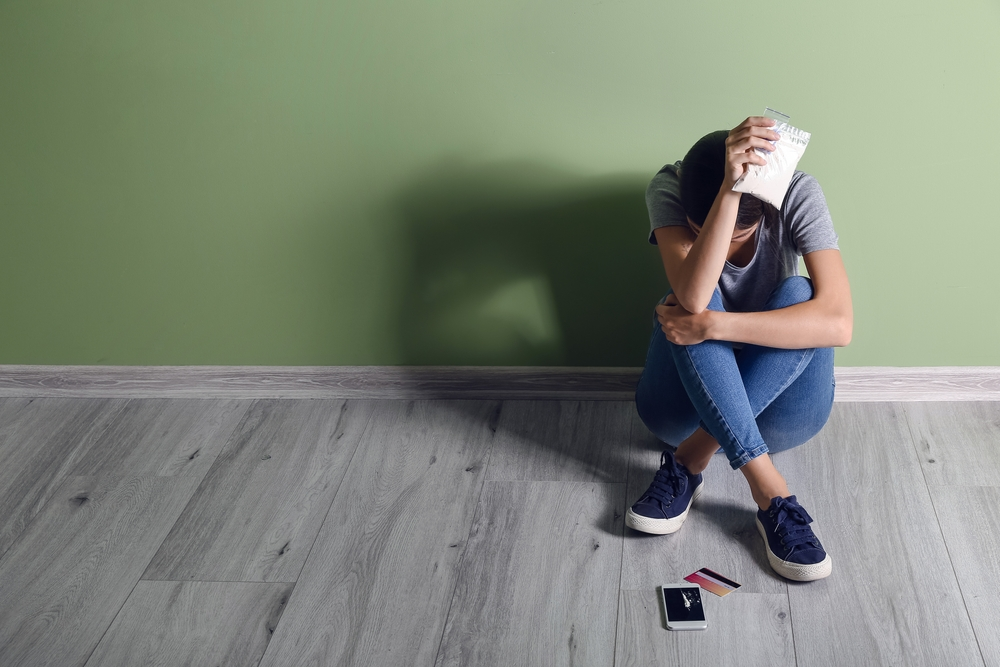
Signs of Heroin Withdrawal
The early stages of heroin withdrawal can be difficult, but the good news is the worst will pass within a week. During this time, you may experience some of the following signs that your body is craving the drug:
- Muscle aches, pains, and spasms. Your body has gotten used to the heroin and now has to adjust without it.
- Diarrhea, nausea, and vomiting. The digestive system goes into overdrive without the heroin. Drink plenty of fluids to avoid dehydration.
- Restlessness. You may feel unable to sit still or relax. Some light exercises like walking can help relieve this.
- Cold sweats and goosebumps. Your body temperature may fluctuate as it regulates itself. Have extra blankets and layers on hand.
- Anxiety and irritability. Your emotions may feel out of control for a while. Deep breathing and meditation techniques can help you stay calm.
- Depression and mood swings. Your brain has to rebalance itself to produce feel-good chemicals on its own again. Be patient with yourself during this difficult process.
- Difficulty sleeping. Insomnia is common, especially in the first week. Melatonin or over-the-counter sleep aids may provide some relief.
The acute withdrawal symptoms tend to subside over a week to 10 days. However, psychological effects and drug cravings can continue for months. Staying committed to your recovery with support groups, counseling, and sober friends and family will help you get through this challenging time. You can do this – freedom from addiction is on the other side.
Medications Used In Detox
During detox, medications are often used to ease withdrawal symptoms and cravings. The most common drugs prescribed are:
- Methadone: This slow-acting, low-strength opioid is used to taper patients off heroin and prevent withdrawal.
- Buprenorphine: One of the most commonly prescribed drugs, it reduces cravings and physical symptoms like nausea and muscle aches.
- Naltrexone: It blocks opioid receptors in the brain, reducing cravings over time. Non-addictive and non-sedating, naltrexone works best for those who have completed detox.
These medications, especially buprenorphine, and methadone, can be lifesaving during the difficult detox process. Under medical supervision, they are usually tapered slowly to allow your body to adjust to their absence. The medication used depends on factors like your health conditions, history of relapses, and recovery goals.
Read more: Suboxone vs Subutex: Differences, Similarities, & Effectiveness

Post-Acute Withdrawal Syndrome
Post-acute withdrawal syndrome (PAWS) refers to the lingering withdrawal symptoms that can persist for weeks or months after acute heroin withdrawal. PAWS can be as difficult to deal with as the initial detox process.
Some common PAWS symptoms include:
- Insomnia or sleep disturbances: Difficulty falling asleep or staying asleep.
- Mood swings: Irritability, anxiety, and depression. Your emotions may feel unstable and unpredictable.
- Cravings: Intense urges to use heroin again. Cravings tend to come in waves and can seem overpowering.
- Difficulty concentrating: Trouble focusing your thoughts or making decisions. Your mind may feel foggy or hazy.
- Low energy: Feeling lethargic, unmotivated, and physically drained. Simple tasks can require tremendous effort.
The severity and duration of PAWS* depends on factors like:
- How long you used heroin, and the amounts used
- Your health and physical condition before detoxing
- Pre-existing mental health conditions
- Your environment and level of support
*PAWS is temporary and will improve over time. Staying committed to your recovery plan can help alleviate symptoms. Exercising, eating healthy, staying hydrated, attending support groups, and avoiding triggers are all effective strategies for overcoming PAWS and maintaining sobriety.
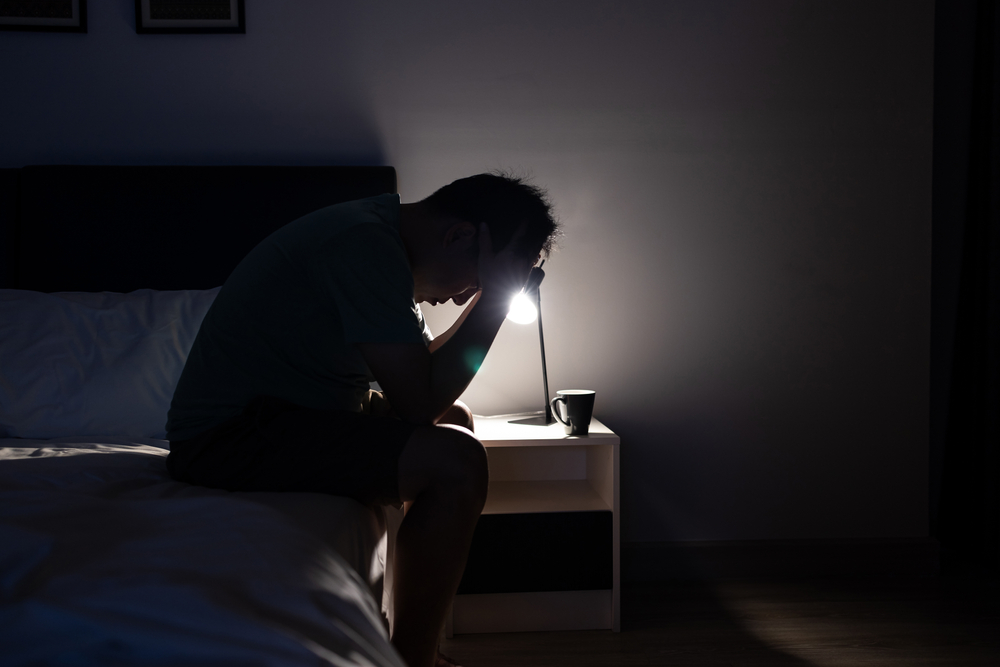
Don’t Do It Alone Reach Out To MD Home Detox
Going through heroin detox alone can be dangerous and increase the likelihood of relapse. At MD Home Detox, our compassionate staff is trained to support you through the difficult withdrawal process. We’ll answer your questions, let you know what to expect, and create a customized recovery plan tailored to your needs.
When detox is complete, we work with you to develop an aftercare plan through our clinical partnerships that may include residential rehab, outpatient treatment, support groups, and sober living housing. The road ahead isn’t easy, but with a commitment to your recovery and help from others, you can build a happy, healthy, drug-free life.
Call today to speak with an intake specialist about our heroin detox program. Take the first step towards recovery today.
